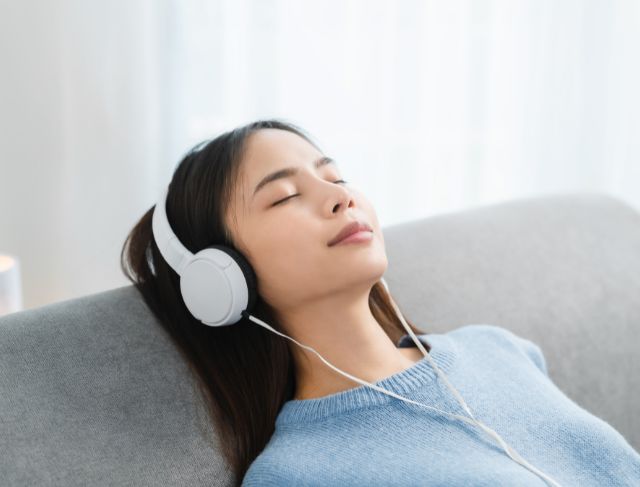It’s funny – the cure for motion sickness may have been on your playlist all along. No, not in a pill or on a patch, but in your ear.
A team at Henan University of Science and Technology in China thought they would put this idea to the test, and their findings are quite remarkable. Some types of music can actually lessen the experience and feel of motion sickness – and sometimes by over 50%.
Let’s stick with the conclusion.
So, the conclusion – if you start feeling nauseous on a bus, plane, or boat, skip the sad music. Opt instead for lighter or a more cheery track. Research indicates this can really be the difference between an awful or surprisingly smooth experience.
The study showed that listening to smooth music could reduce the feel of discomfort from motion sickness by 56.7%; while happy, upbeat tunes were slightly better at reducing discomfort at 57.3% (although not by much). But, sad music? Well, they found that it could be the worst.
The authors were quite clear. Listening to sad music, was not just unhelpful – it was less comfortable then having no music at all.
The Unforeseen Experiment
Before we move on to playlists, let me take a step back. The team recruited 30 candidates to participate in a simulated driving study hooked up to EEG sensors (a brainwave monitor).
As soon as there was evidence of motion sickness, the data allowed them to create a computer model to identify when a person was showing signs of nausea. When that model was working, they played four types of music:
- Happy
- Sad
- Energetic
- Gentle
Then they compared everyone to a control group that simply sat in silence. The findings? Here is the twist — silence was not golden. The happy and gentle music were the worked best and outperformed silence.
How Sound Works
So what is going on in the brain? According to Dr. Qizong Yue, who led the study, music operates on two levels:
- Gentle music calms the nervous system and relieves the tension response which contributes to motion sickness.
- Upbeat music distracts your mind and activates brain pathways associated with reward which is a mental “feel-good” experience that counteracts nausea.
Sad music activates brain areas related to the overall function of negative emotion. In summation, sad songs really are a big “ugh” response when you are already feeling nauseous.
The Advantages of Music Over Medicine
Dr. Yue took things an interesting stage further, noting with most medications for car sickness come with undesirable side effects such as lethargy. In contrast, music is completely non-invasive, inexpensive, and tailored to individuals.
“It’s a low-cost, personal, side effect free intervention,” he said. In essence, why not curate a “No Nausea” playlist before taking a pill on your next road trip.
Somewhere in the Middle, an Algorithmic Playlist is Paired Boxed
Just imagine, you are on a long drive, your car winds through the hills, and your stomach starts flipping. Instead of having a panic attack, you plug in your ear phones, pour on a gentle acoustic, or very positive contrasting pop song eventually providing those magic minutes of reconditioning yourself to feel comfortable. The worry of throwing is gone, and ultimately your body starts to feel relaxed, with no medication or magic, just music at the right time.
This study did only sample a small group in a simulated context, but the rationale makes sense for any transportation mode, be it by land, air, or sea.
According to Dr. Yue, “The core theory of motion sickness is standard across different vehicles.” So, what works in a car probably also works in a plane or ferry too.
So, for your next trip, consider packing one additional item: a playlist created specifically for your brain and your belly. Keep the beats uplifting and the lyrics light — and just maybe, the trip will be as seamless as it looks in Instagram travel videos.




